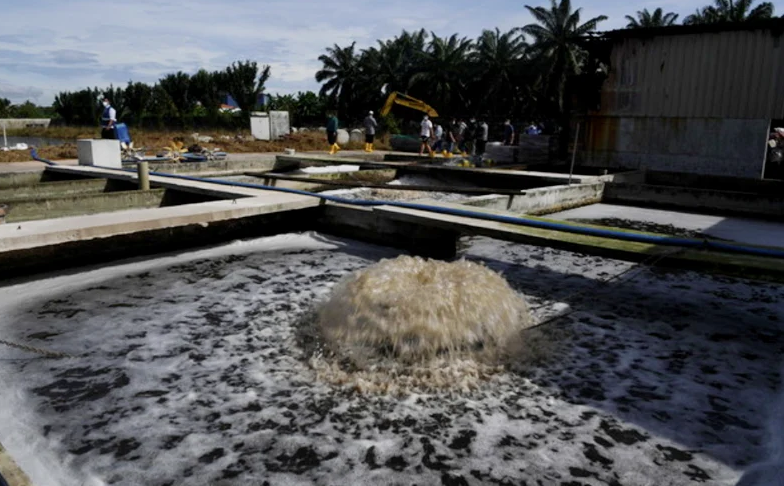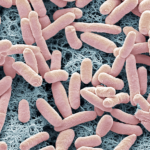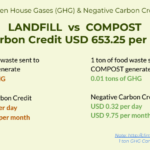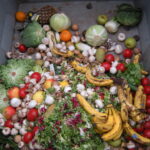Animal farming feces pollution
What is animal farming feces pollution
 Animal feces pollution is a serious environmental issue that can greatly impact human and animal health. Animal farming such as poultry, cattle, fishery, or pig, all have the same issues.
Animal feces pollution is a serious environmental issue that can greatly impact human and animal health. Animal farming such as poultry, cattle, fishery, or pig, all have the same issues.
When animal feces is not properly disposed of, it can pollute soil, waterways, and the overall environment. This can lead to the spread of harmful pathogens and bacteria, such as E. coli, and other harmful substances such as hormones and chemicals like nitrates, phosphorus, and ammonia.
Animal feeding operations, such as concentrated animal feeding operations (CAFOs), can also contribute to animal feces pollution. It is important to properly dispose of animal waste and to prevent it from entering our waterways and environment to reduce the impact of this type of pollution.
Animal farming can contribute to feces pollution when animals are not properly managed and their waste is not properly disposed of. In addition to the pollution caused by animal feeding operations and factory farming, non-factory farms can contribute through pasture-raised animals, which can lead to nutrient runoff if not managed properly.
Many countries have regulations in place to manage animal waste and prevent its negative impact on the environment. Proper animal waste management practices, such as composting, can reduce the amount of harmful pollutants that enter the soil and waterways. It is important for farms to follow these regulations and good practices to minimize the impact of animal feces pollution on the environment and human health.
Solution to animal farming feces problem
There are several solutions that can help mitigate animal farming feces pollution. Some of these solutions include:
-
Implementing proper animal waste management practices: This includes properly storing, handling, and disposing of animal waste in a way that prevents it from entering nearby waterways and polluting the environment.
-
Using manure as fertilizer: Animal waste can be used as a source of fertilizer for crops, which can help offset the need for synthetic fertilizers. This practice can help reduce pollution from excess nutrients entering waterways.
-
Implementing sustainable farming practices: This includes using crop rotation and cover crops, as well as reducing the number of animals on a farm, to help reduce the amount of waste produced and the amount of excess nutrients in the soil.
-
Investing in new technologies: There are new technologies available that can help manage animal waste more effectively, such as anaerobic digesters, which can convert animal waste into biogas that can be used for energy.
Overall, the key to reducing animal farming feces pollution is to implement good management practices that prevent the waste from entering waterways and the environment, and to find innovative ways to use the waste as a resource rather than a pollutant.
Treat animal feces using microbes
 One way to treat animal feces with microbes is through the use of composting. Composting is a natural process that involves breaking down organic waste, such as animal feces, with the help of microorganisms.
One way to treat animal feces with microbes is through the use of composting. Composting is a natural process that involves breaking down organic waste, such as animal feces, with the help of microorganisms.
The process can be enhanced and accelerated by introducing specific types of bacteria, fungi, and other microorganisms that are specialized in breaking down organic matter. These microorganisms, also known as composting agents, generate heat and break down the organic matter into nutrient-rich soil that can be used to fertilize crops and gardens.
Another approach is to use anaerobic digestion, which involves the use of bacteria to break down organic matter in the absence of oxygen. This process produces biogas, which can be used as a renewable energy source. The waste resulting from the anaerobic digestion process can also be used as a nutrient-rich fertilizer.
It is important to note that the type of microbes and the method used to treat animal feces may depend on factors such as the type of animal, the amount of waste, and the intended use of the treated waste. It is recommended to consult with an expert in the field of waste management or agriculture to determine the best approach and methods for treating animal feces.
How we treat at the waste water treatment plant
If the animal farming industry have a waste water treatment plant, we need to treat the BOD and COD carefully.
Reducing the COD has to be coincide with the BOD reduction. Since we are using biological solution method, we need the BOD present to actually help in reducing the COD. The BOD acts as a food source for the treatment. To simplified it, we do not isolate the COD reduction treatment without the present of the BOD. And we shall reduce both the BOD and COD concurrently.
NH4 is the least problem and can be solve easily by us.
Usually pollution is perpetually on going due to the continuity of activities, and based on this, we are able to solve the pollutant between two weeks to a month depending on the seriousness of the pollution and also the dosage prescribed. Typically with sufficient Retention Time, we can see perhaps 50% improvement within one week once we begin the treatment.
Generally there is no need to do any alterations except if the current system is heavily relying on chemical treatment whereby chemical such as polymer, caustic soda can be minimized substantially once our biological process is in placed.
In order for us to make a proposal, we need the following information:
- Existing type of WWTP
- Capacity and flowchart of WWTP
- Average water consumption per day
- Latest 3 months of wastewater analysis reports including both influent and affluent parameters, including pH, BOD, COD, TSS, NH4.
Contact us
email : sales [at] cemax [dot] com [dot] my whatsapp : +60 16 207 5400




